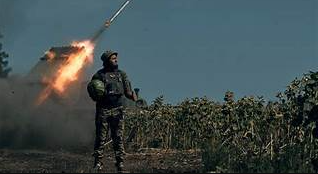Is the Ukrainian invasion of Russia a turning point in the war?
Just two weeks ago, it would have seemed unimaginable that Ukraine, locked in an inconclusive war of attrition in its eastern Donbas region, would choose to invade Russia. Yet, on August 6, Ukrainian forces crossed the Russian border into Kursk, marking the first time since Nazi Germany’s Operation Barbarossa in 1941 that an invading army has entered Russian territory. Prior to this, the notion of a Ukrainian invasion was largely seen as a distant, almost absurd possibility—reminiscent of the brief forays of Yevgeny Prigozhin’s Wagner Group, which in 2023 briefly breached Russian defenses.
Initially, military analysts questioned the wisdom of such a bold move, particularly as Russia had made recent gains in Donbas, advancing closer to the critical transport and logistics hub of Pokrovsk. The conventional wisdom suggested that Ukraine should focus its efforts on stopping Russia’s territorial gains in this area. However, the situation has rapidly evolved in the days following the invasion. Ukraine’s offensive in Kursk has put Russia at a strategic disadvantage, with the Russian military struggling to repel Ukrainian forces and evacuating civilians from affected areas—an embarrassing and humbling turn for President Vladimir Putin’s regime.
The invasion has shifted the dynamics of the war, with the battlefield now extending into Russian territory. The incursion has erased another of Putin’s so-called “red lines,” as the war, once thought to be confined to Ukraine, has now clearly spilled over into Russia itself. This development raises the question: how many more of Putin’s boundaries can be crossed before the war reaches a decisive turning point? Ukraine’s move is not just a military escalation; it is a symbolic shift that challenges the narrative of Russian invulnerability and may signal a broader change in the course of the conflict.

